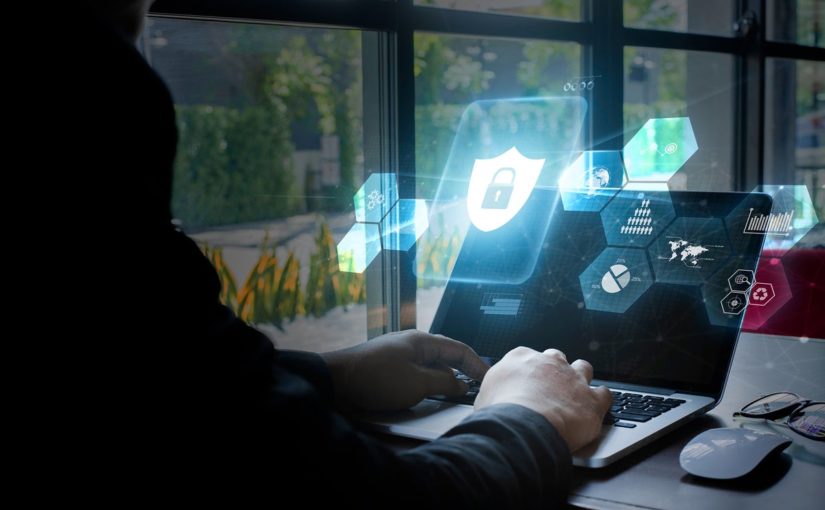Virtual data room due diligence provides you with the possibility to replace an obsolete component in the future and effective interaction of platform components.
The Main Types of Virtual Data Room Due Diligence
Although the concept of “virtual reality” has gained wide popularity and popularity only recently, the ideas underlying it originated earlier. The original application of the concept of virtual reality predates the invention of the computer.
Types of due diligence are:
- Due diligence of the seller (vendor’s due diligence) – as a rule, it is carried out when preparing an asset for sale or in the event of a planned restructuring;
- Due diligence of the buyer (purchaser’s due diligence) – in most cases, it is carried out before the purchase of an asset or precedes the creation of a joint venture;
- Due diligence of banks and other third parties (for example, during an IPO).
To obtain the most objective information, it is recommended to conduct anti-corruption checks in person, and not using a virtual data room. In addition, one should understand the specifics of the target’s business and highlight potential corruption risks. Based on this, interview questions should be developed in accordance with the category of persons involved in the anti-corruption check, their potential interest or disinterest in the acquisition of the object, other possible interests, and corruption risks with which a particular interviewee may be associated.
The Misconceptions of Virtual Data Room Due Diligence You Need to Know About
This type of network security, ideally, should be carried out by the buyer even before the acquisition of the company (certain of its assets). However, buyers are often in such a hurry to complete the transaction that they “forget” to conduct a full anti-corruption check of the acquisition target. Accordingly, such verification takes place after the purchase of the company (its assets). Of course, pre-purchase and post-purchase checks are very different. This is primarily due to the difference in the status of the purchaser at these two stages and, accordingly, the attitude of the owner, management, and ordinary employees of the acquisition target towards him.
The main misconceptions of virtual data room due diligence are:
- identification of possible asset problems;
- informational purpose – receipt by the owner/seller/potential buyer of detailed information about the asset and its condition.
Virtual reality is a complex technology that allows you to integrate information with objects of the real world in the form of text, computer graphics, audio, and other sensory data in real-time, expanding user interaction with the environment and improving the perception of information about it. Technically, AR is not virtual reality, but the issues that arise when creating it are similar to those that arise when creating VR. Therefore, AR and VR technologies are considered quite closely related.
By the way, if during the anti-corruption check of the acquisition object it is easy to ask the management to provide an opinion on the results of their own anti-corruption check, then by his reaction (of course, they will object that there was a check at all, or they will say that the company was really checked, but its activities comply with the law. The implementation of the principles of smart education on outdated approaches to the creation of educational teaching materials will not lead to the desired effect. On the basis of the use of technological innovations and Internet resources and containing a systematic presentation of knowledge in the subject area.

